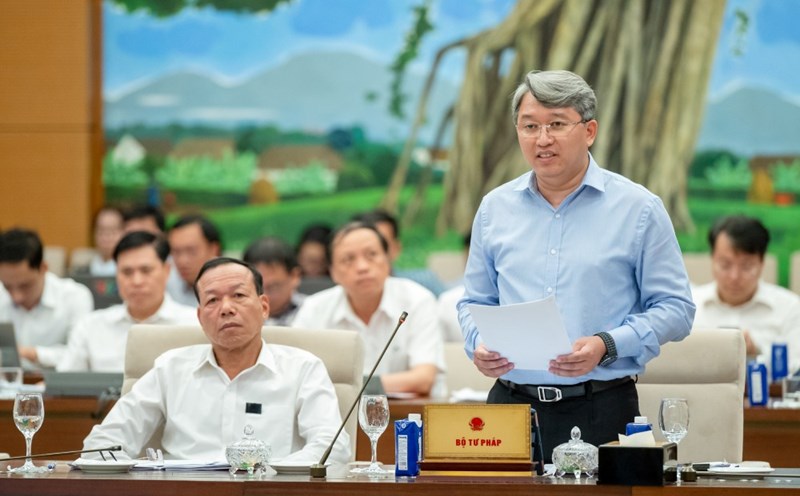Resolution 70-NQ/TW emphasizes the implementation of a direct electricity purchase and sale mechanism and increases the right to choose retail electricity units for customers. In your opinion, how does this innovation mean for the Vietnamese electricity market?
- Resolution 70 has put customers at the center of the electricity market, giving them the right to choose in accessing and selecting a power supplier that suits their needs instead of only passively receiving electricity from EVN. This is a meaningful breakthrough orientation, opening up opportunities to restructure the Vietnamese electricity market, which has long been in a state of " monopoly".
For many years, the Vietnamese electricity market has operated under a centralized wholesale mechanism, in which EVN plays the role of "only buyer" from power generation plants and then distributes to customers. This mechanism has the advantage of being easy to manage, but also has many disadvantages such as: Lack of price transparency, limiting customers' choices, easily creating a mechanism of asking - giving, privileges and even negativity in management...
The fact that Resolution 70-NQ/TW affirms the need to increase competitiveness and transparency shows the determination to reform the electricity market, making electricity a special commodity but still operating according to the law of supply and demand. When power plants are sold directly to large customers, and customers have the right to choose suppliers, the market will have strong motivation to improve service quality, optimize costs and encourage new investment.
So what challenges will the implementation of the direct power purchase and sale mechanism (DPPA) in Vietnam face?
- Firstly, transmission and dieuading infrastructure has not yet kept up with the development of the demand for a smart grid. If we cannot establish a smart transmission and dieuading system in the era but the supply is diverse and dispersed from thousands of renewable energy power sources, the competitive mechanism will be difficult to promote real efficiency.
Second, the current electricity price mechanism is still rigid. Vietnam is applying a terraced or three-prone electricity price list (high-point - low-point - normal). Meanwhile, with the rapid development of renewable energy, daytime electricity prices (when there is a lot of solar power) can be cheaper than nighttime prices. If the price mechanism is not reformed, the market will be distorted, not accurately reflecting the cost and value of each type of power source.
Third, financial risks for all parties. If the customer and the power plant sign a contract directly, there needs to be a clear mechanism for guarantee, payment and dispute handling. Otherwise, the risk of breaking the contract could lose market confidence.
Resolution 70 encourages the private sector to participate in investing in energy storage infrastructure such as batteries, LNG warehouses, gasoline warehouses, etc. How do you consider the opportunities and challenges of this policy?
- In the context of increasing the proportion of renewable energy, developing a storage system is an inevitable requirement. Wind power and solar power depend on natural conditions, easily causing an imbalance between supply and demand if there is no regulatory solution. Backup projects will play an important role, helping to store excess electricity and generate electricity during peak hours, contributing to stabilizing the power grid. Mobilizing social capital for power storage projects can help balance supply and demand better in the context of unstable power generation from renewable energy.
Encouraging the private sector to participate in investing in LNG and gasoline warehouses is strategic for energy security. When there are more socialized resources, the national energy reserve system will be expanded in both scale and technology, reducing dependence on budget capital and creating healthy competitive momentum.
This is also a step in line with the international trend, when many countries have formed a public-private partnership (PPP) model in the field of energy infrastructure, both ensuring public benefits and taking advantage of market strength.











